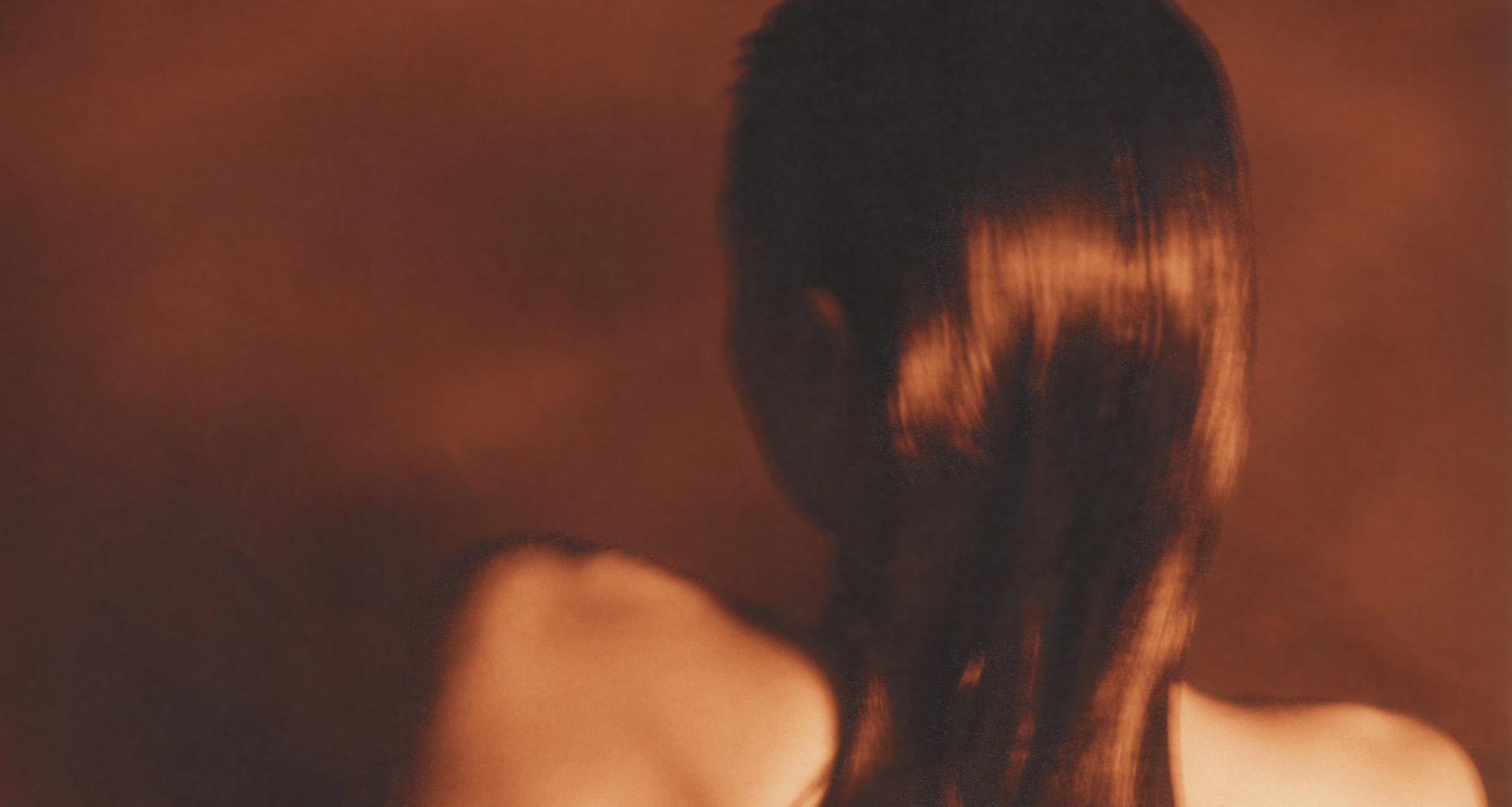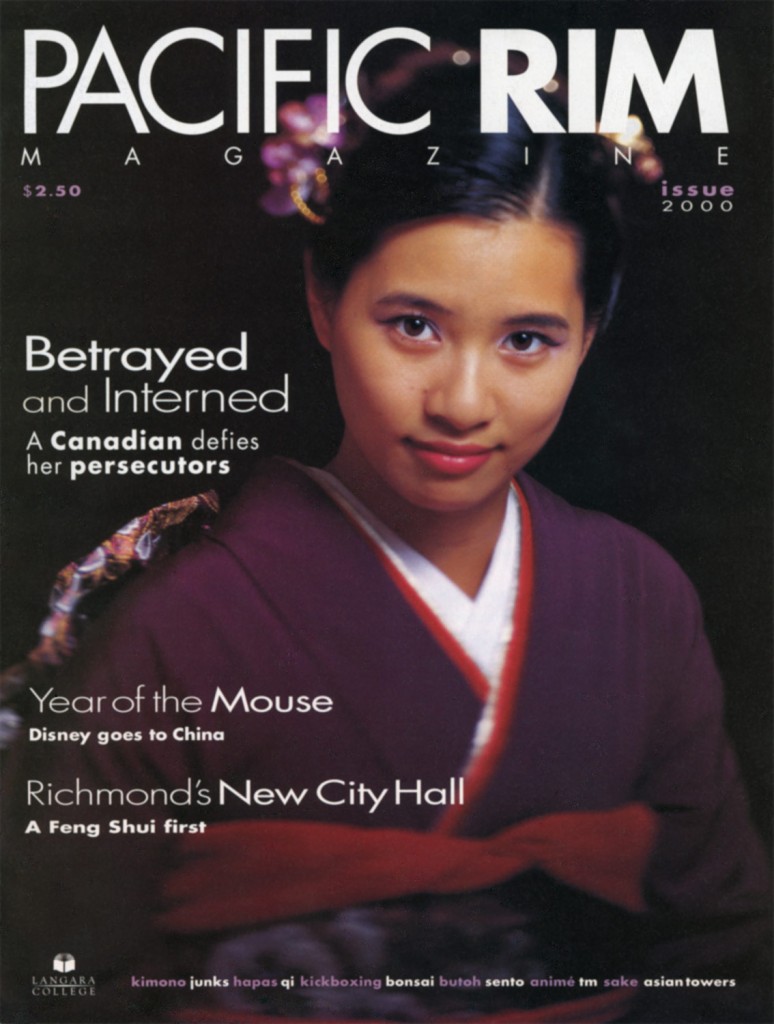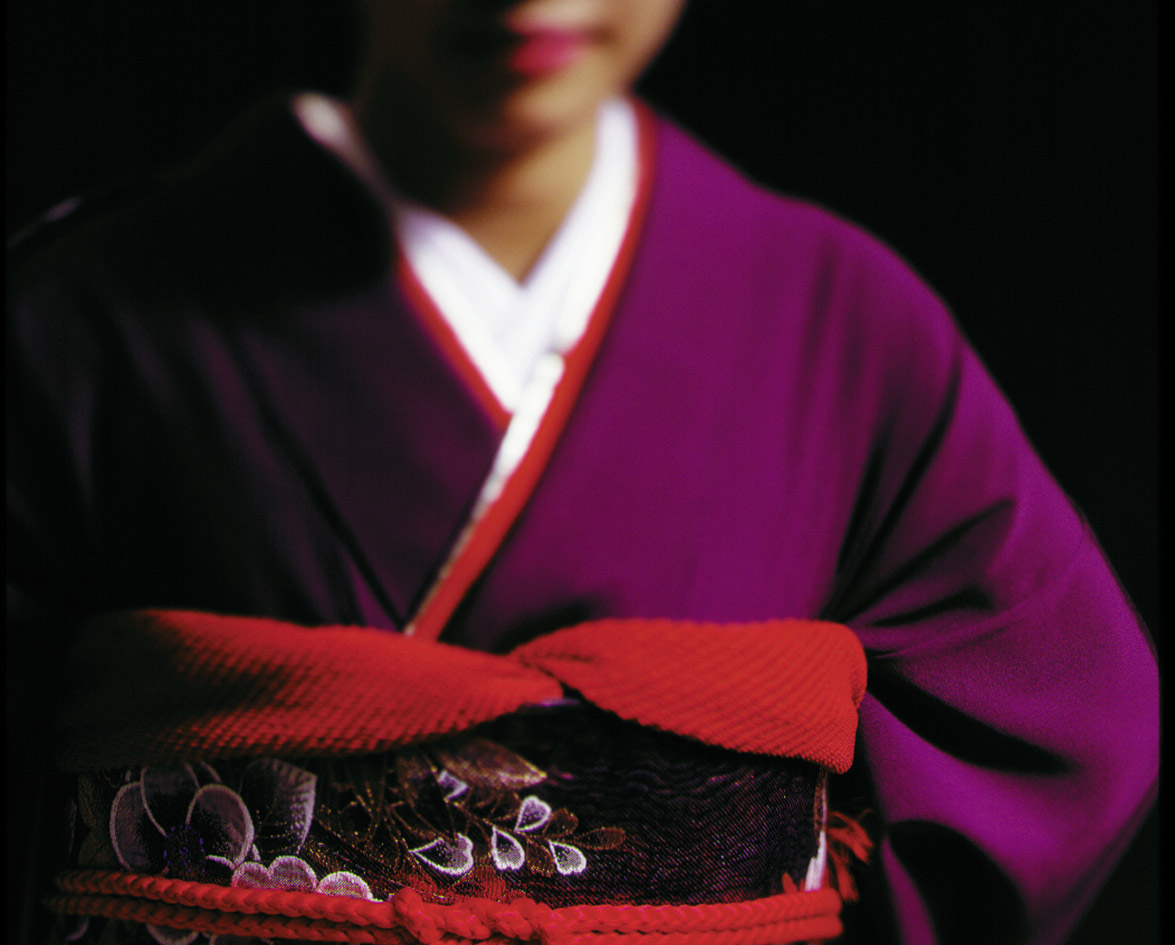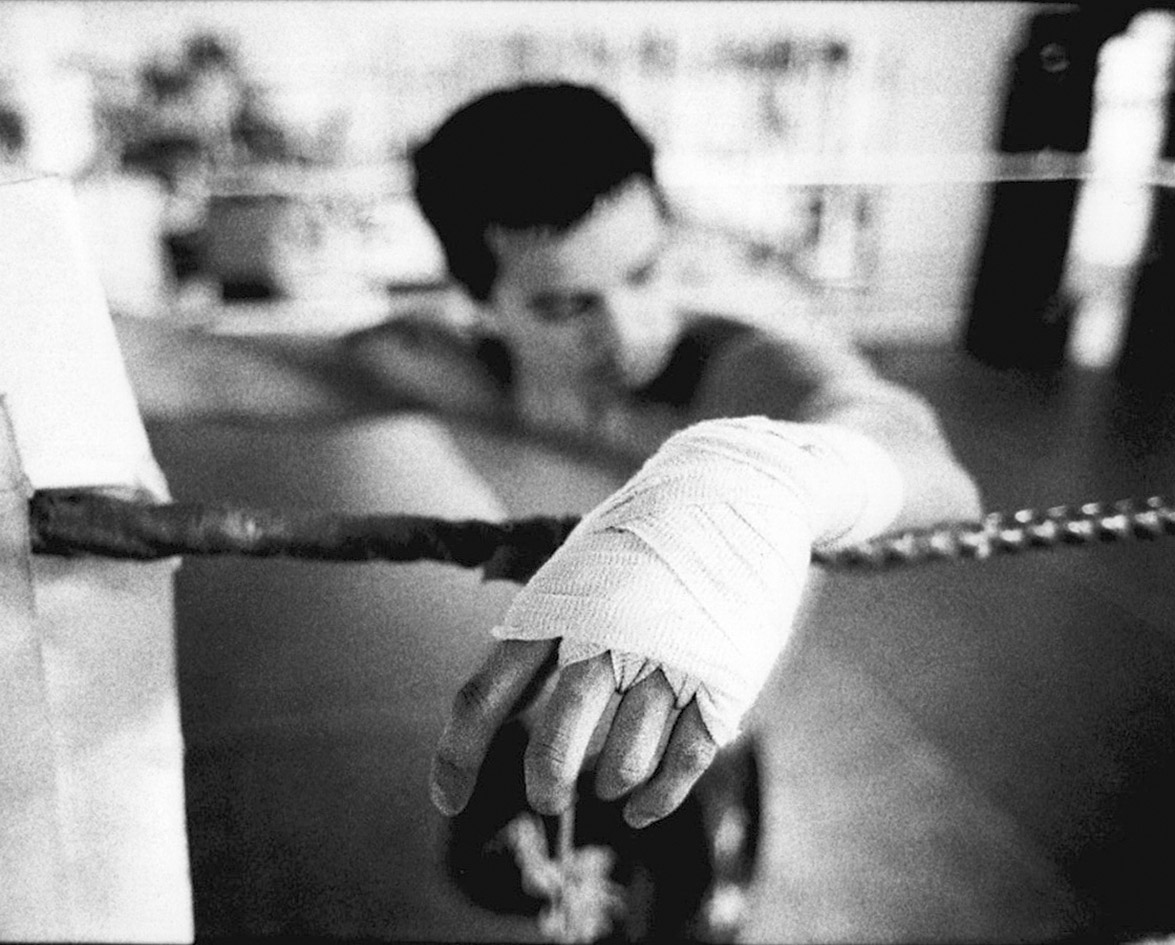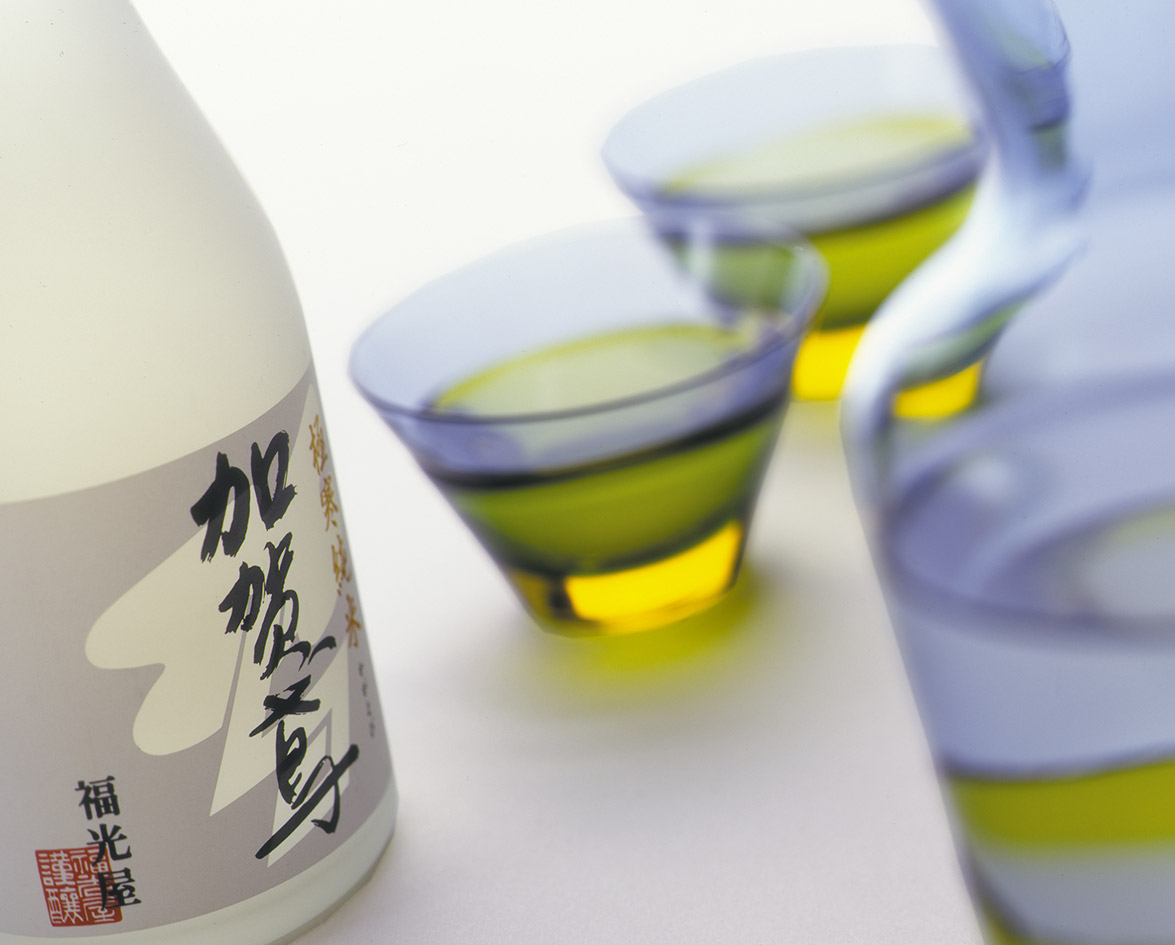Imagine reclining in a huge bathtub, up to your chin in gallons of water that gently hug your body. You close your eyes and let the tension melt away. You doze, surrounded by the comforting murmur of quiet voices. When you open your eyes, you see a mural of Mt. Fuji rising out of the steam. Just then, a long-time friend enters. After the soak, the two of you head off for the evening.
History Of The Japanese Bathhouse
Although this scene is unfamiliar to most North Americans, ritual bathing has long occupied a distinct position in Japanese culture. Tsuneharu Gonnami, of UBC’s Asian Library, attributes the rise of the public bathhouse, or sento, to the Edo period in Japanese history (1600 – 1867). The city of Edo, modern day Tokyo, was home to one million people, most of whom lived in 17th century-style condominiums without indoor plumbing. About 600 sento supplied the bathing facilities for the population. Along with providing personal hygiene, the sento assumed a social role. It became a place for neighbours to meet and relax.
With the advent of indoor plumbing and westernization, the nature of the sento experience has changed. A greater variety of communication technologies, more women working outside the home, increased workloads, and less recreational time have all resulted in a declining use of public bathhouses. According to Tsuneharu Gonnami, the Japanese government is concerned about preserving this once integral part of Japanese culture, and has appointed the Ministry of Health and Welfare to subsidize many of the remaining public bathhouses.
Contemporary Japanese Bathhouses
In contemporary Japan, most homes now have their own bathing facilities. However, the bathing ritual remains essentially unchanged. In keeping with tradition, family members share the same bath water, keeping it clean by first scrubbing outside of the bathtub. The eldest male washes first and the wife or mother goes last. In homes with young families, the children usually bathe with their parents.
The bathrooms have a deep bathtub or furo that is used for soaking. The room functions as a bathing area with walls, ceilings, and floors finished in tile, molded plastic, and stone. The floor gently slopes towards a drain, and the toilet and sink are in a separate room. In modern bathrooms, a set of taps and often a hand-held showerhead are located low on the wall, next to the bathtub. There is a small stool to sit on while washing. In older, faucet-less bathrooms, a small bucket is used to scoop water out of the bathtub. Once the body is clean, it’s time to enter the bathtub for a long, hot soak.
The New Bathing Trend
Although public bathhouses are dwindling in popularity, a new bathing trend has emerged that carries on the tradition. The onsen, or hot springs, are enjoying resurgence. Japanese and foreign tourists flock to the many onsen scattered throughout the country in search of recreation and therapy. Because of Japan’s volcanic geography, naturally heated springs and pools abound, and although the mineral content varies, high sulphur content is common. Many believe the heat and minerals hold medicinal properties that relieve common ailments such as anemia, asthma, gout, hemorrhoids, rheumatism and arthritis. Most of these naturally occurring hot springs have been incorporated into commercial ventures, but some, called rotenburo, still exist in a natural state.
Many Japanese émigrés attempt to recreate the tradition of public bathing. Leonard Morizawa, a third generation Canadian, remembers being a teenager in the early 1970s and experiencing the bath for the first time. He was at a fishing camp with his father on the Skeena River near Prince Rupert, B.C. Morizawa and the rest of the Japanese fishing fleet went to a specially constructed bathhouse in the evenings to enjoy a traditional Japanese-style bath. There was a shower area and small stools outside the bathtub for soaping and rinsing off, and the water in the square wooden tub was heated by a wood-burning stove.
Of his first experience with communal bathing, Morizawa said he felt, “a little self-conscious.” But what stands out most in his mind was the “great camaraderie” between the three generations. It seemed to him that the bathing experience strengthened the bonds of friendship, family and culture.





